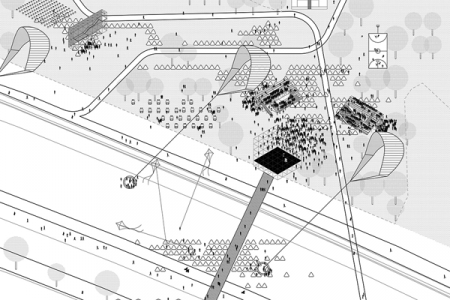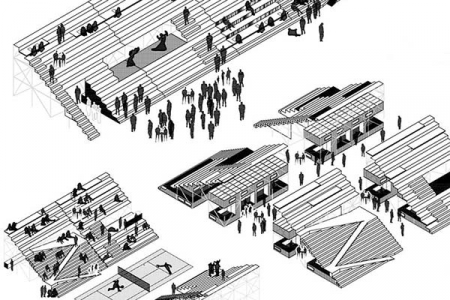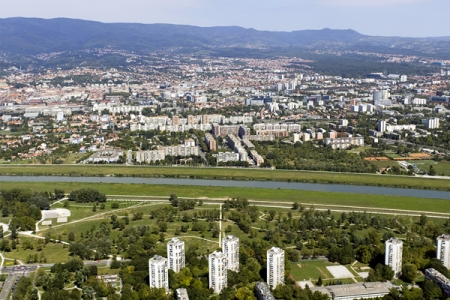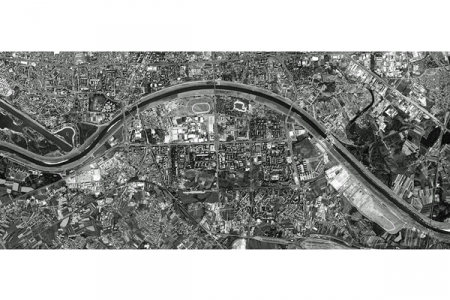Swap on the River
Zagreb (HR) – Winner
TEAM DATA
Team Representative: Carlos Zarco Sanz (ES) – architect; Associate: Sara Palomar Pérez (ES) – architect
Contributors: Jose Luis Hidalgo Loma-Ossorio (ES), Zuhal Kol (TR) – architects
openact architecture, Joaquin Costa 4, 3ºB, San Lorenzo del Escorial, 28200 Madrid – España
+34 91 890 4258 – info@openact.eu – www.openact.eu
See the complete listing of portraits here
See the site page here

S. Palomar Pérez, J. L. Hidalgo Loma-Ossorio, C. Zarco Sanz & Z. Kol
INTERVIEW
Click on the images to enlarge
1. How did you form the team for the competition?
We have a young studio named OpenAct within which we focus on the research of open-ended systems as the basis for adaptable, flexible and organic infrastructures, across a multitude of scales that support and promote contemporary urban life. Thus, for us, the Europan competition theme was the ideal ground to expand our research into actual projects with actual sites and problems.
2. How do you define the main issue of your project, and how did you answer on this session main topic: Adaptability through Self-Organization, Sharing and/or Project (Process)?
The project examines four underused yet critical sites close to Zagreb’s Sava, and focuses on the question of how intervention on four separate sites can have holistic effect to change movements and relationships of the entire river with the city. Employing the strategy of adaptability, the project stands as an exploration of opportunities to experiment the effect of relatively small, soft and temporal interventions as the shifting economic circumstances invite designers to a transformed disciplinary characterized by flexibility, dynamism, immateriality and indeterminacy.
4. Have you treated this issue previously? What were the reference projects that inspired yours?
Our research focuses on a new role and relevancy for the architect who is confronted with an increasingly unpredictable globe and contingent city, which renders adaptability as one of our main concerns. For that reason, we were inspired by Archigram’s Instant City and the ability of the design strategies that define a flexible system activating the cities by injecting temporary programs and creating ephemeral realities. Also, as a more contemporary precedent, OMA’s Transformer was another project we were looking at, particularly due to its adaptability to various events and its capability to provide identity.
5. Today –at the era of economic crisis and sustainability– the urban-architectural project should reconsider its production method in time; how did you integrate this issue in your project?
The project suggested a system in which the river begins acting as a spine of public spaces connecting various programs and locations of the city while swapping/interchanging people, programs, pavilions and activities between the sites. This system generates design mechanisms, strategies, tactics which respond to future indeterminate conditions of Zagreb’s urban contexts by emphasizing the indeterminacy of both city/society and ecology through the proposal of adaptive frameworks and structures that are open to change, accommodate time and have a sense of place. Every component of the project has the ability to react and readjust according to the evolution of the city rendering the project alive and ever-changing constantly.
6. Is it the first time you have been awarded a prize at Europan? How could this help you in your professional career?
This was our first Europan experience and prize. We are very honoured to become a part of such a widely-known organization and hoping to be included in the realization processes of the project as well. Therefore, we believe that it is also a great opportunity and encouragement for us to expand the scope of our studio.





